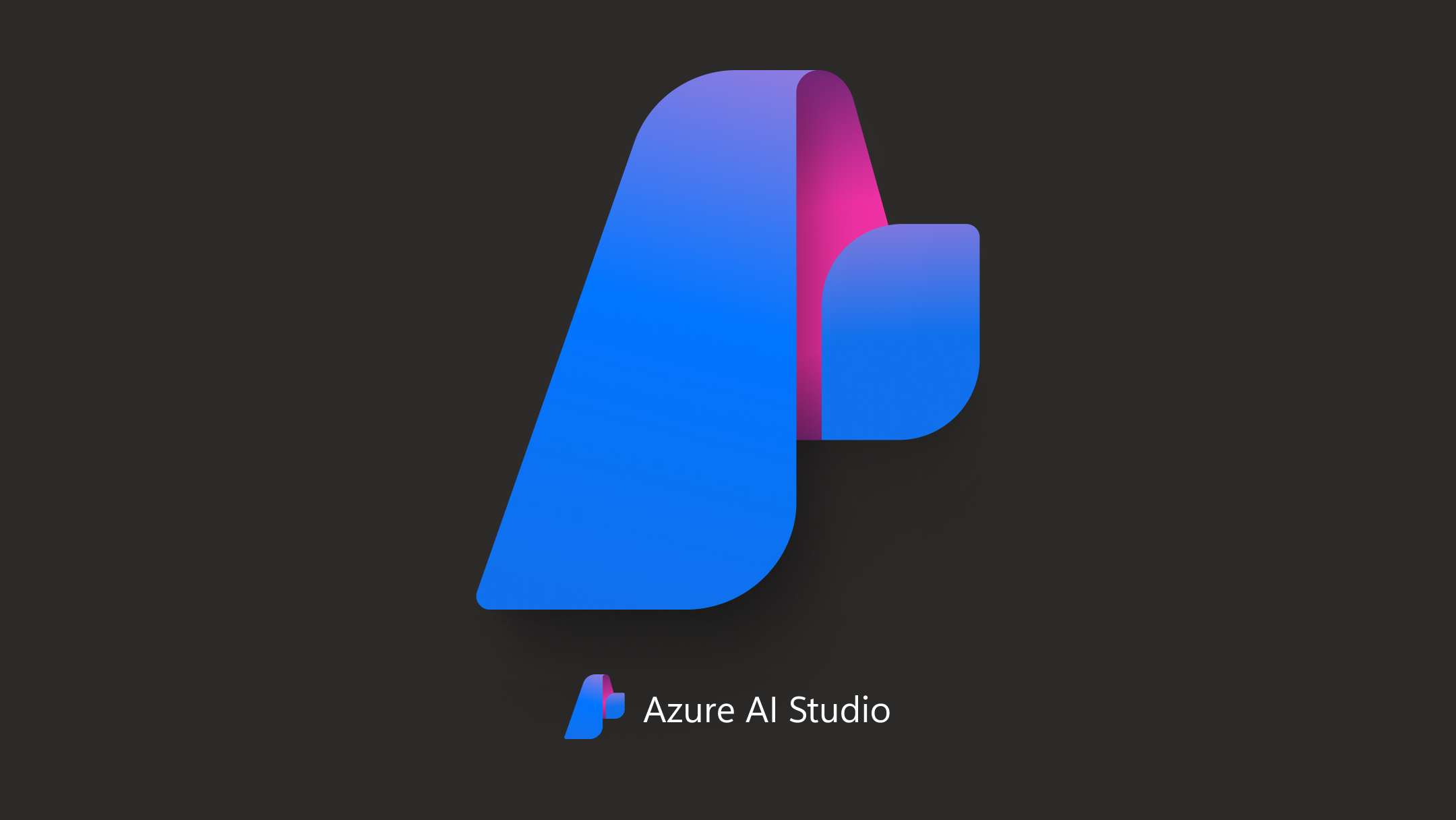
Microsoft Azure AI: Complete Buyer's Guide
Enterprise-grade AI platform for marketing organizations
Microsoft Azure AI positions itself as the enterprise-grade AI platform for marketing organizations that prioritize integration depth, compliance controls, and scalability over specialized creative capabilities.
Market Position & Maturity
Market Standing
Microsoft Azure AI serves organizations prioritizing operational integration over creative innovation, targeting the enterprise segment where 52% of companies prioritize vendors offering copyright indemnification[49][56].
Company Maturity
Microsoft's established cloud infrastructure and enterprise customer base provide strong stability indicators for long-term viability.
Industry Recognition
Forrester's documented 284% ROI across Azure AI services[48][58] provides third-party validation of enterprise value potential.
Strategic Partnerships
Microsoft's integration with OpenAI through Azure OpenAI Service provides access to advanced AI capabilities while maintaining enterprise controls and compliance features.
Longevity Assessment
Microsoft's established enterprise presence and continued cloud infrastructure investment support strong long-term viability for Azure AI services.
Proof of Capabilities
Customer Evidence
CarMax achieved substantial operational transformation through Azure OpenAI Service deployment, with Director of Application Systems Sean Goetz confirming the platform enabled hitting "content generation goals in months versus 11 years manually"[50].
Quantified Outcomes
Forrester Total Economic Impact study documented 284% ROI across composite organizations using Azure AI services, with $12.6M in business growth gains and $16.1M in cost optimization savings[48][58].
Market Validation
The platform addresses critical enterprise requirements, with 52% of enterprises prioritizing vendors offering copyright indemnification[49][56].
Reference Customers
Enterprise implementations at CarMax and ASOS demonstrate real-world deployment capability.
AI Technology
Microsoft Azure AI delivers visual content capabilities through Azure OpenAI Service integration with enterprise-grade safety controls and compliance features.
Architecture
The platform leverages Azure's cloud infrastructure to provide AI services through consumption-based models.
Primary Competitors
Adobe Firefly and comprehensive enterprise platforms rather than specialized creative tools.
Competitive Advantages
Enterprise integration depth and compliance controls, particularly for organizations already invested in Microsoft business technology.
Market Positioning
Microsoft targets the enterprise workflow integration segment rather than creative-focused marketing teams.
Win/Loss Scenarios
Azure AI wins when organizations prioritize enterprise integration over creative innovation, require regulatory compliance controls, possess existing Microsoft infrastructure, and have dedicated technical resources for complex implementation.
Key Features

Pros & Cons
Use Cases
Featured In Articles
Comprehensive analysis of AI Visual Content Creation for AI Marketing & Advertising for AI Marketing & Advertising professionals. Expert evaluation of features, pricing, and implementation.
How We Researched This Guide
About This Guide: This comprehensive analysis is based on extensive competitive intelligence and real-world implementation data from leading AI vendors. StayModern updates this guide quarterly to reflect market developments and vendor performance changes.
58+ verified sources per analysis including official documentation, customer reviews, analyst reports, and industry publications.
- • Vendor documentation & whitepapers
- • Customer testimonials & case studies
- • Third-party analyst assessments
- • Industry benchmarking reports
Standardized assessment framework across 8 key dimensions for objective comparison.
- • Technology capabilities & architecture
- • Market position & customer evidence
- • Implementation experience & support
- • Pricing value & competitive position
Research is refreshed every 90 days to capture market changes and new vendor capabilities.
- • New product releases & features
- • Market positioning changes
- • Customer feedback integration
- • Competitive landscape shifts
Every claim is source-linked with direct citations to original materials for verification.
- • Clickable citation links
- • Original source attribution
- • Date stamps for currency
- • Quality score validation
Analysis follows systematic research protocols with consistent evaluation frameworks.
- • Standardized assessment criteria
- • Multi-source verification process
- • Consistent evaluation methodology
- • Quality assurance protocols
Buyer-focused analysis with transparent methodology and factual accuracy commitment.
- • Objective comparative analysis
- • Transparent research methodology
- • Factual accuracy commitment
- • Continuous quality improvement
Quality Commitment: If you find any inaccuracies in our analysis on this page, please contact us at research@staymodern.ai. We're committed to maintaining the highest standards of research integrity and will investigate and correct any issues promptly.